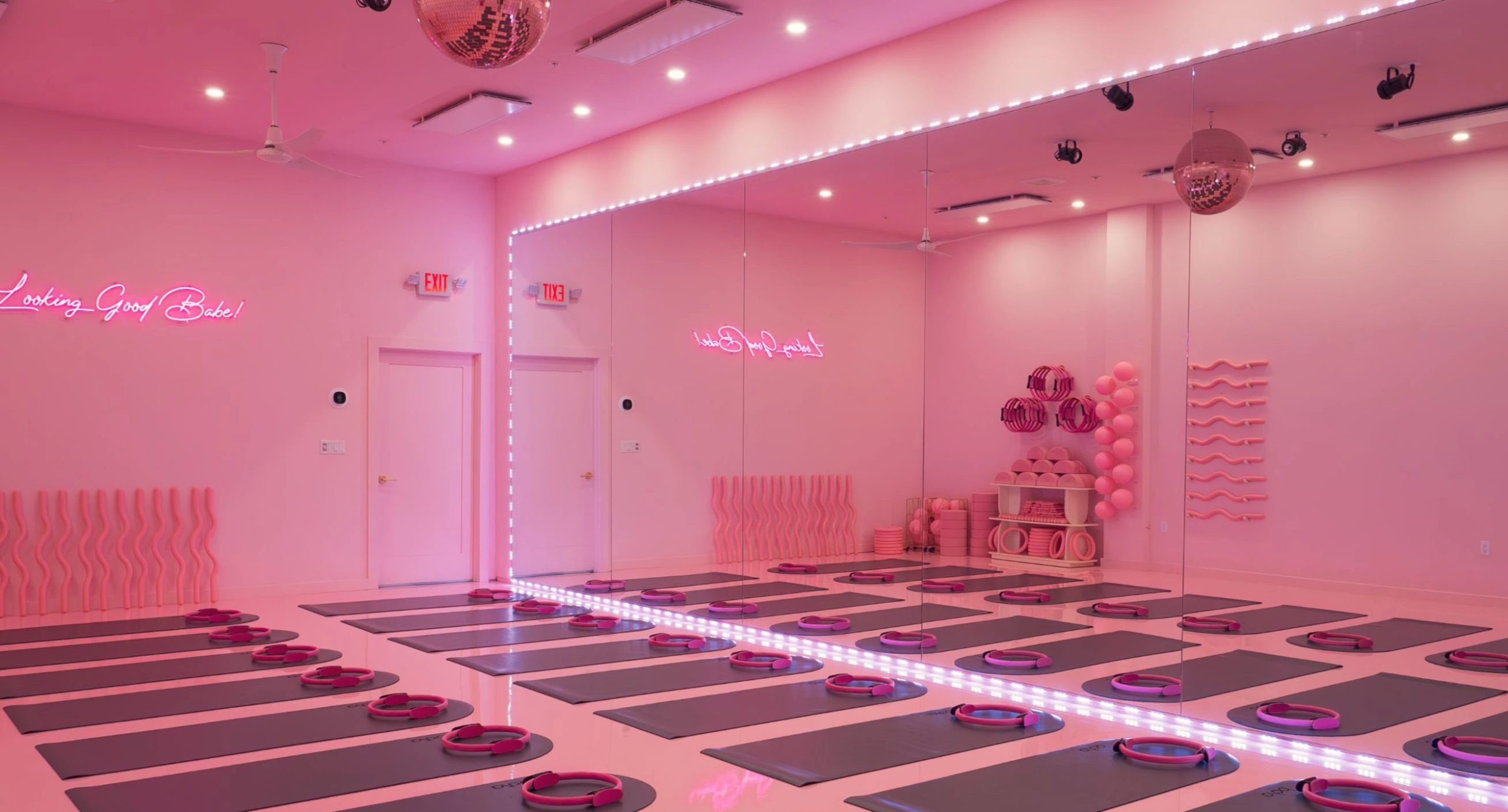
Pilates is the hot new thing! Literally. Hot Pilates, reformer Pilates, chair Pilates…there are dozens of versions of this practice popping up every day. But there is more to this new fitness trend than initially meets the eye.
Beneath the spandex-covered surface, Pilates reinforces the regulation of women’s bodies to align with shifting beauty standards. Rather than fulfilling its potential as an inclusive practice, it’s been retconned into a hyper-consumerist version of itself.
Originally developed by Joseph Pilates to rehabilitate wounded soldiers, the practice migrated to New York as a restorative tool for ballerinas. The ballerina body—thin and toned—became an aspirational ideal for the wealthy, who adopted Pilates hoping to mirror that aesthetic.
It follows, then, that if you go to any Pilates class, you will hear similar etymology: “toning”, “fat loss”, “total body transformation” …there is an ever-present focus on a distinct body type. You will see this focus mirrored online; the current trend of pink Pilates princesses pushes a very palatable but potentially damaging lifestyle: beautifully made-up, thin, bendy women in $200 of athleisure wear. Where previous fitness influencers have focused on muscle building, protein consumption and PBs, we now see a shift towards shrinking down and limbering up into a ballerina-style body. The goal of the Pilates trend is not strength or athletic performance, but rather, almost entirely aesthetic.
This is not to say that Pilates is inherently bad. Especially in an environment such as fitness that has so often been dominated by and geared towards men. Pilates offers a low-impact, approachable activity that is perhaps more comfortable and welcoming to women just starting their fitness journey or wanting to prioritise overall wellness. The practice of Pilates does promote muscle strengthening and recovery. Compared to more traditional approaches to fitness, such as running or weightlifting, it is a gentler activity that is highly customisable and therefore more inclusive, allowing for almost anyone to take part.
But the rising popularity of Pilates cannot be attributed to its merits as a recovery practice. The dialogue around Pilates perpetuates the misconception that it is a quick and ideal way to achieve a “toned” physique and get rid of that stubborn belly fat. A well-rounded and inclusive practice has become a fitness fad, not unlike Jazzercise or Chloe Ting’s YouTube workout videos.
Ultimately, Pilates follows an age-old pattern in which women are continually presented with a new, trending body type that can only be attained using specific methods. This is the fundamental issue underlying the fitness trends that cycle through our society: women’s bodies cannot and should not be treated as a trend. A body is not more or less worthy depending on how closely it conforms to the beauty standard at any given time.
Rosalind Gill argues in her work, “Neoliberal Beauty”, that the current beauty and body standards ultimately frame women as seeing their bodies as an endless project to constantly work towards perfecting. By ensuring that the definition of a perfect body changes depending on the trend, it can never be reached by design. As the trends come and go, so do new and increasingly extreme methods of achieving them. But the desire to adhere to beauty norms extends beyond regulating women’s bodies.
Pilates now sells both a body and a brand: white, thin women in matching pastel sets, sipping $30 smoothies and promoting clean eating. Aesthetics is everything. Even before you enter the studio, you’re told to look your best by buying more. Google “what to wear to a reformer class” and you’ll find $200 sports bras and cardigans.
In this way, Pilates has drifted from function and restoration into something classist and exclusionary—a luxury symbol for a curated, consumable lifestyle.
Fitness should nurture the body. It should help us feel better, not just look better. Pilates can still be that space — especially for women alienated by traditional fitness culture. But as its image shifts toward aesthetics over ability, we must remember women’s bodies are not like a pair of boots or a handbag; they do not go in and out of fashion. They deserve respect, in every form and every season.
Written by Sophia Crossing
Views: 52
